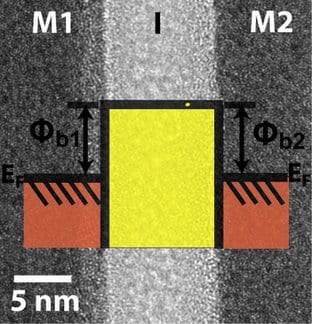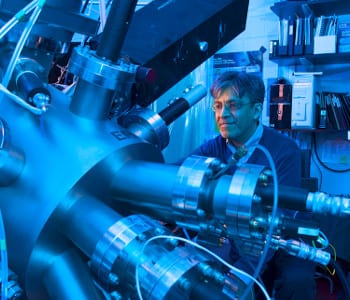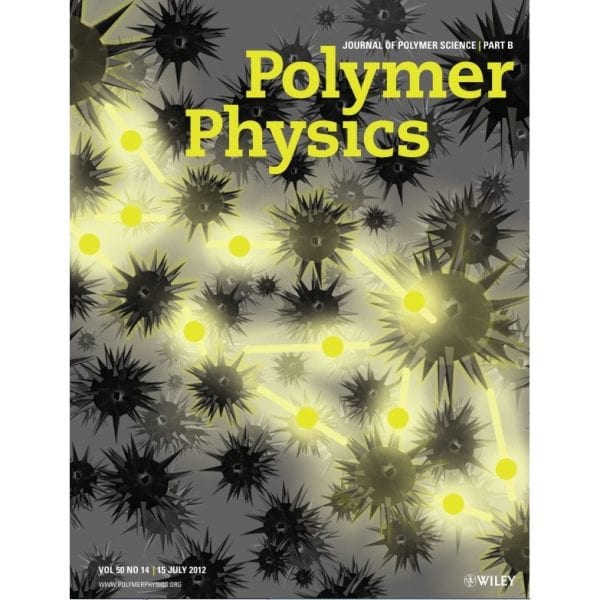Researchers at Oregon State University develop cutting edge metal-insulator-metal diodes, harnessing quantum tunneling of electrons to increase performance of electronics.


Researchers at Oregon State University develop cutting edge metal-insulator-metal diodes, harnessing quantum tunneling of electrons to increase performance of electronics.

A new technique can detect the X-ray signature of an individual atom, even determining the structure of its electron orbits.

If your engine has more than 16 atoms, you’re just wasting space.

German physicists converted electrical signals into photons and radiated them in specific directions using a nanometer-scale antenna.

New material combination could lead to a more efficient approach to computer memory and logic.

New material could be perfect for tactile sensors for robot hands
The human brain is one of the most complicated machines that Nature has ever invented. Can we ever hope to artificially replicate its incredible complexity?

Tackling heat transfer, diamond layers help build 3D circuits with lower power consumption, faster signaling, and increased performance.

By adding primordial magnetic fields to the Standard Model, researchers may solve the mystery of the Universe’s expansion.
Scientists propose a modified cosmological model that challenges the existence of dark matter and dark energy.